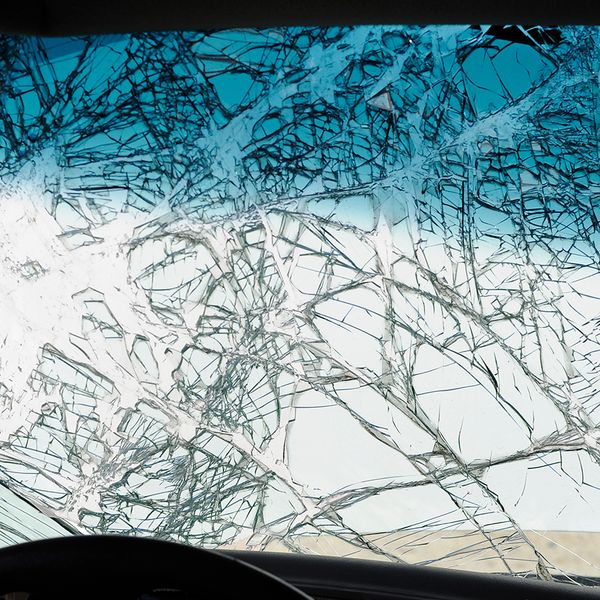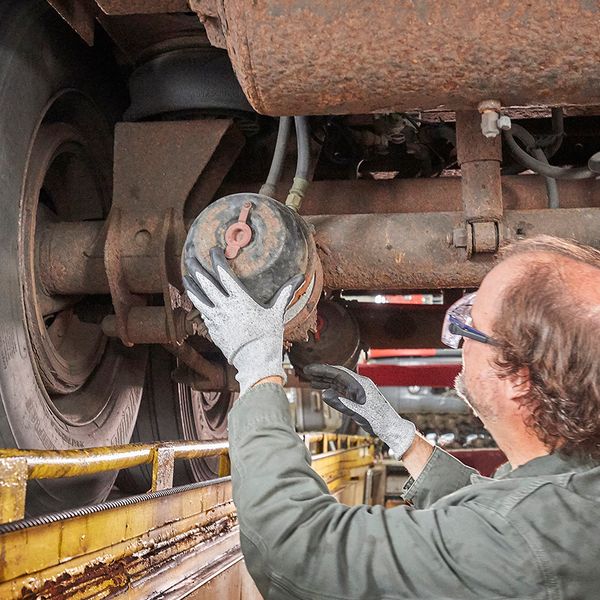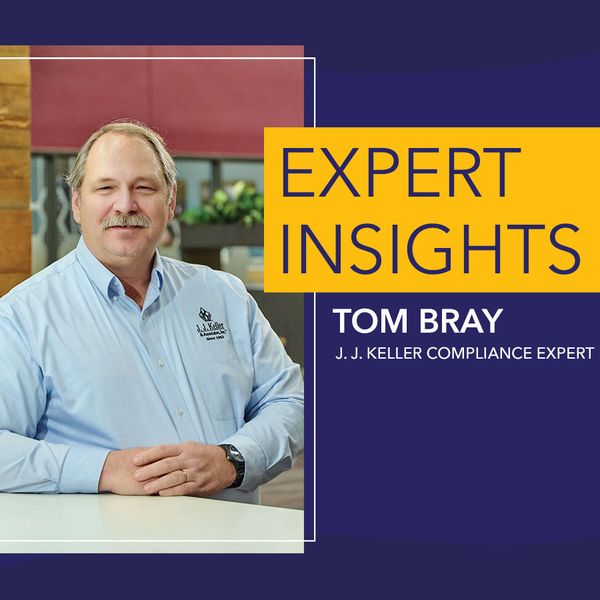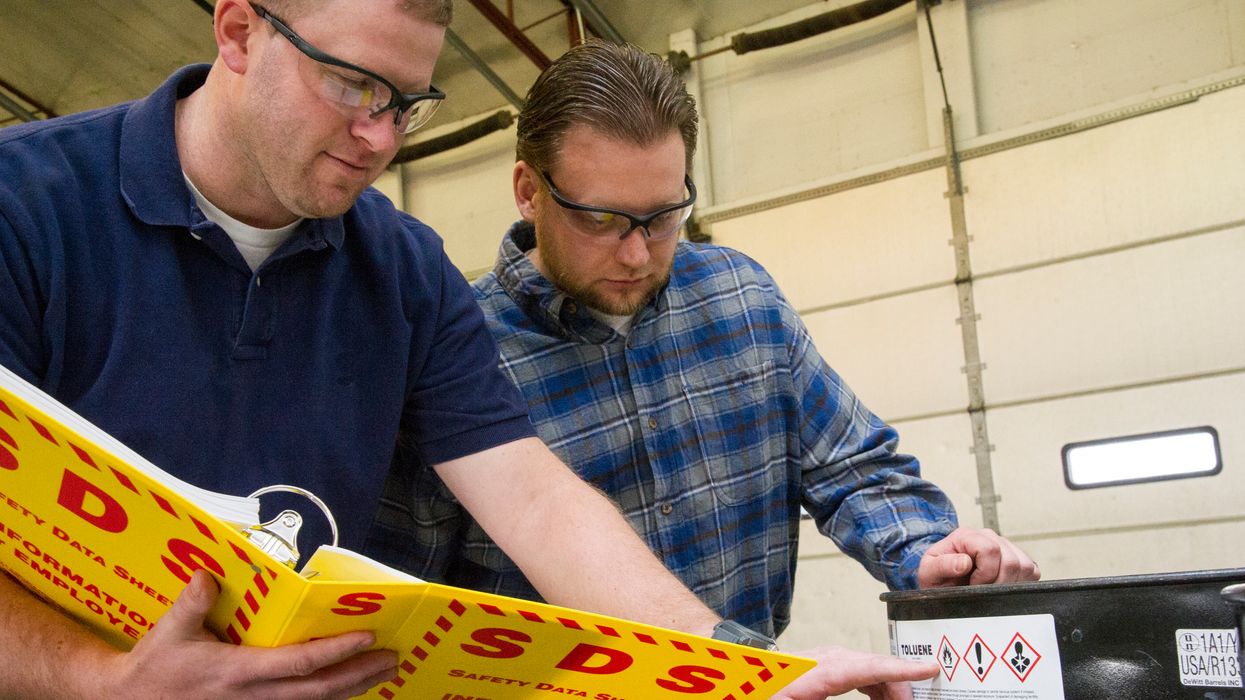What harm can aftermarket parts and modifications do? Plenty!
Carriers often encounter drivers or others at the company who want to customize or repair their vehicles using aftermarket parts. While harmless in many cases, there are situations where this can create problems for the carrier.
Horns
One cautionary tale about aftermarket parts has to do with horns. A driver installed a “train horn” on a truck in place of the factory air horn. The horn, by design, emitted a train horn sound at over 145 decibels. At a job site, the driver blew the horn for 10-consecutive seconds at a laborer who was directly in front of the truck, blocking its path. Due to the proximity of the worker to the horn, the worker suffered serious and permanent hearing loss. After a protracted legal battle, the carrier was forced to pay a settlement of over $1 million.
Lights
Installing additional lights is a common modification request. These additional lights add to maintenance in an already problematic area since keeping lights working has always been a challenge. It can also bring unwanted attention and violations.
If the lights create a compliance issue with Subpart B of Part 393 you could receive a violation for these extra or modified lights. If the extra or modified lights do not match the requirements in table in 393.11, the prohibition in 393.22(a)(2) that states an additional light cannot reduce the effectiveness of a required lamp and cannot be inconsistent with the Part 393 requirements, or 393.25(e), which requires all lights to be steady burning (with only a few exceptions), a violation could be written.
There is also the risk of running afoul of the basic vehicle and traffic codes when it comes to the color coding of lights (such as the yellow facing forward and to the side and red to the rear requirements) or the restrictions on color uses (such as limitations on the use of blue, green, and white lights). Disregarding these regulations could lead to a violation.
If you are going to allow your drivers or others to install additional lights or to modify the existing lights with aftermarket lights, be sure to verify that the vehicle will still be in compliance with the Federal Motor Carrier Safety Administration (FMCSA) regulation and the vehicle and traffic codes.
Brake adjusters and brake hoses
Another area that routinely leads to problems is the installation of manual brake slack adjusters in place of automatic slack adjusters. Some drivers and carriers believe that manual slack adjusters are more reliable and install them in place of the automatic slack adjusters that came with the vehicle. The problem is that the regulations at 393.53 require automatic slack adjusters on all vehicles built since either 1993 (hydraulic brake system) or 1994 (air brake system). Therefore, when installing aftermarket slack adjusters, make sure the correct type is installed.
Another brake system issue is installing aftermarket tubes and hoses that are not DOT certified as a brake tube or hose. Using an aftermarket hose that is not a designed brake hose can lead to a violation.
Other components
Another factor to be aware of when it comes to aftermarket parts is reliability. If you are not familiar with the source of the aftermarket parts, remember the old adage, “buyer beware.” Some discount aftermarket parts are not built to the same standard as others.
Key to remember: To avoid issues, be picky when it comes to aftermarket parts and modifications. If you aren’t, you may have compliance and breakdown problems.




















































